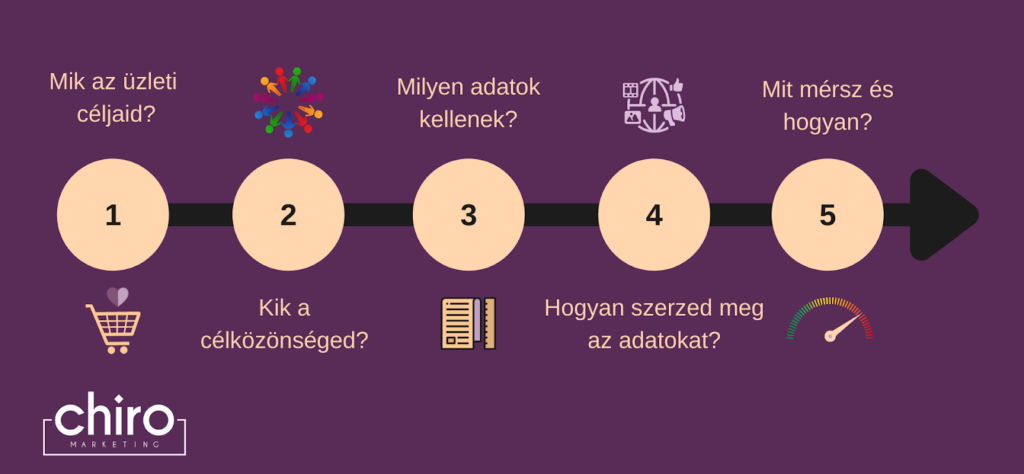What are cookies, and what is their significance?
“Third-party cookies” have been a part of the internet until now. Since the beginning, this simple little code has been accompanied by extraordinary media resonance. Perhaps unfairly, as personal data protection on the internet is bleeding from many other, less known wounds. Not to be confused with 1st party cookies, which are created by the server of the respective website the first time a user visits it.
Third-party cookies, as their name suggests, come from a third party, typically an advertising server, and mostly track the online path of users, the websites visited, the time spent on them, and, if possible, the user’s gender, age, and location. With their help, a controversial tool is created, personalized online advertising. Of course digital marketing agencies and their clients have a lot to gain by all this.
When and why do cookies disappear?
The European Union’s GDPR (General Data Protection Regulation) law has been in effect since 2018. Many refer to it as the world’s strictest data protection law! This has placed internet cookies in a framework where the emphasis is on regulation. However, this was not enough. Google announced that it will discontinue support for 3rd party cookies in its most popular browser, Chrome, from 2023. And this follows Safari and Firefox, which have not used third-party cookies since early 2022. All this is part of a broader measure aimed at placing the personal data protection of internet users on new, much more transparent foundations. So we have until the end of this year to prepare and develop the appropriate marketing strategy. Let’s see where to start.
Your own, first-party database – this will definitely be needed for you
Now that the cookie era is coming to an end, building your own database is a key moment to ensure your company’s marketing strategy. First, let’s clarify what this is! First-party data is something only you have access to. Because you collect it directly from people interacting with your business on the internet. What do you need this for? To be able to answer this, think about your business goals!
Do you want to create a remarketing campaign for customers who abandon their carts? Provide a more personalized experience on your website? Or maybe understand why they leave before making a purchase? Be careful! If you don’t set truly relevant goals for your business, you’re already turning in the wrong direction from the start, and you’re investing a lot of unnecessary work into something that produces false results. So if you are unsure, it’s best to consult an online marketing agency.

Once you’ve clarified your goals, it’s time to determine the life cycle of your customers. This way, you’ll know if your potential customers have just learned about your existence or are already considering purchasing your product. This is extremely useful information because you can show them personalized content accordingly. However, in order to do this, you first need to be able to categorize your target audience into well-defined segments. If you need help with the above steps, read our blog post on Planning Your Online Marketing Strategy in 9 Simple Steps, or simply ask a digital marketing agency.
What are the steps after setting goals, customer lifecycle, and the segments of your target audience?
Determine exactly which specific data will help you make decisions in your case.
Find out how you can obtain this data.
Your source can be anything from which you extract information. Such as your CRM system, your newsletter sender, your website, etc.
Decide how you want to improve your business processes with the help of this data, and then the work can begin.
(PRO TIP: Don’t just focus on individual data points; instead, try to understand the big picture by combining the right data! For example: you see that in the last month, 30 bugs were reported on your website. This may be alarming at first. But then you look at the number of visitors and see that 3 times as many visitors arrived compared to last month. Therefore overall, the rate of website malfunction has actually improved.)
Good to know, these data are only as useful as you are able to use them skillfully. Finally, don’t forget to continuously monitor the data.
This should be an endless process. Use Google Analytics (or the analytics of your choice), and periodically review whether you are still measuring the right data. Think of your business as a living, breathing creature that is constantly evolving, and you need to feed it different data in its childhood, adolescence, and adulthood.
Summary
By following these tips, whatever the future holds, you will be less vulnerable to changes. So it is definitely worth investing in a first-party database in the long run. If you would like help in developing a working database strategy tailored to your own needs, please contact us, as we are a professional digital marketing agency in Budapest and we are happy to help.
If you liked the article, please share it to help others!
Source:




